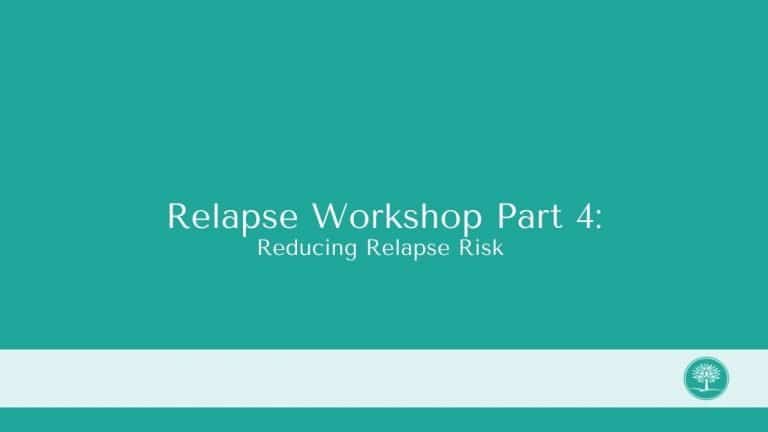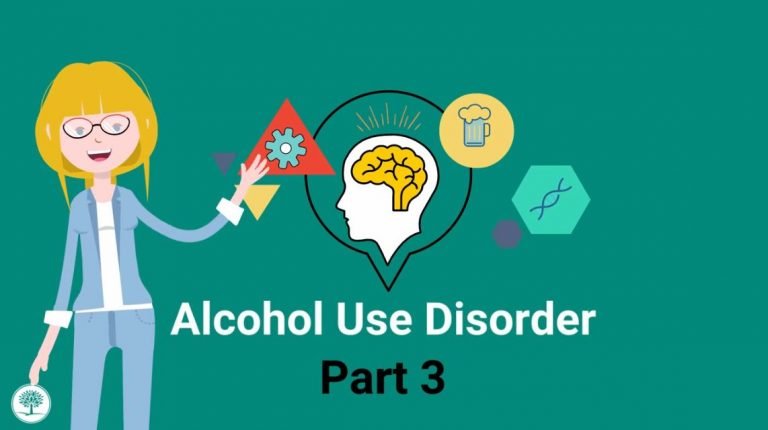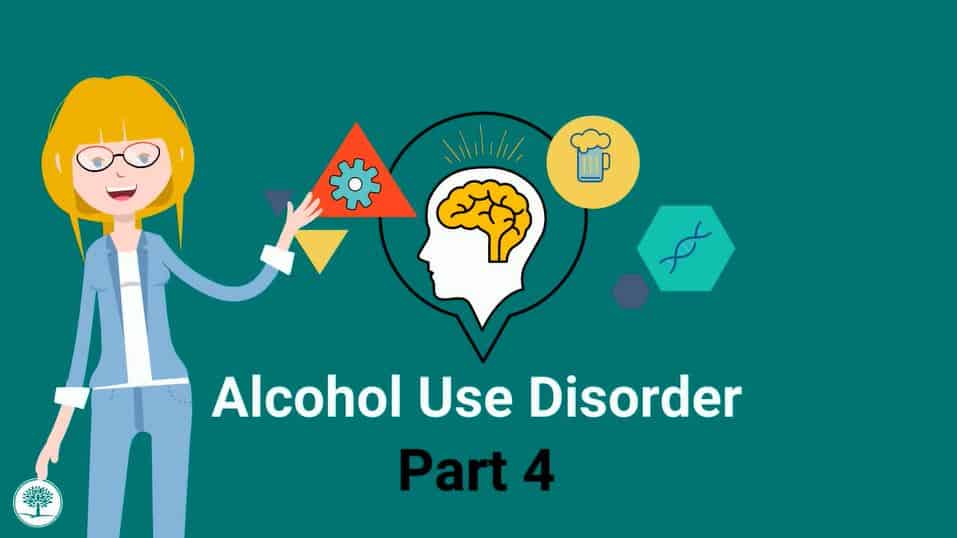Today’s lesson will be on understanding what anxiety is and how it can affect you.
Anxiety is an emotion that is characterized by feelings of tension, uneasiness, nervousness or worry. People who suffer from anxiety may be overcome with a feeling of impending doom or of something going terribly wrong, although they may not know what that is.
Emotional symptoms of anxiety include trouble concentrating, intrusive thoughts, doubts of one’s own sense of reality and doubts of one’s own ability to cope with the perceived threat. Whether the threat is actual or imagined. Thus, people with anxiety tend to expect the worst or expect that something terrible is coming down the line and they don’t know if they will be able to deal with it.
Physical symptoms of anxiety include increased heart rate, sweating, trembling, being easily startled and trouble sleeping.
Additionally, someone with anxiety could report, raise blood pressure, shortness of breath or rapid breathing, stomach pain and other digestive troubles.
So what is the difference between anxiety or stress and actual anxiety disorders?
Everyone experiences stress or nervousness from time to time. It’s just part of daily living. For example, if we’re faced with problems at work or awaiting medical results or before taking an exam or when we’re facing any life change, we are likely to experience some kind of stress or anxiety. But once the situation has been faced and dealt with, the stress and anxiety dissipates.
Anxiety disorders, on the other hand, are a set of symptoms that interfere with a person’s daily functioning. Making it difficult to perform normal life activities such as going to the store or enjoying an activity with friends or family or even being in public places. Fear and worry can be constant and disabling.
There are five types of anxiety disorders that I’m going to discuss here.
Generalized anxiety disorder is chronic anxiety and worry, whether it is provoked or not. Thus, a person with GAD will feel anxious and then may try to figure out why they feel anxious and attributed to other causes. When, in fact, they genuinely have a disorder.
Panic disorder includes episodes of intense fear with strong physical symptoms such as shortness of breath, chest pain, abdominal pain, sweating, dizziness and heart palpitations. These episodes are referred to as panic attacks, and individuals who have experienced these attacks have often mistaken them for symptoms of a heart attack.
Social anxiety disorder is characterized by feelings of extreme self-consciousness in social situations, a fear of being around others, interacting with others, and a fear of being embarrassed in social situations. These provoking situations can vary by individual. For example, some people are afraid of speaking or eating in front of others or have strong feelings of anxiety when around others in general.
Obsessive compulsive disorder, or OCD, is characterized by repetitive, unwanted thoughts, which are referred to as obsessions and repetitive unwanted behaviors which are referred to as compulsions. Often these involve the emotional need to repeat behaviors more than is recently necessary. For example, repeated hand washing or checking to make sure that a task has been completed, repetitive counting or other rituals. Not performing these tasks increases the person’s feelings of anxiety.
The last of the anxiety disorders that we were going to cover here is post-traumatic stress disorder, or PTSD. This disorder follows an event that was terrifying to the individual, to the point where the person may have felt that their life was threatened, whether it was, in fact, threatened or not. The symptoms include nightmares of the event or flashbacks to the point where the person feels as if they are re experiencing the event.
In summary, individuals tend to experience various combinations and differing intensities of the symptoms of anxiety presented here.
They may also experience one or multiple anxiety disorders.
Please join me in the next segment where I will discuss the causes of anxiety.
Thank you for choosing The Recovery Village. If you or a loved one are struggling with mental health or substance abuse and would like to find out more about the programs we offer, please reach out to us directly at 855-387-3291.









